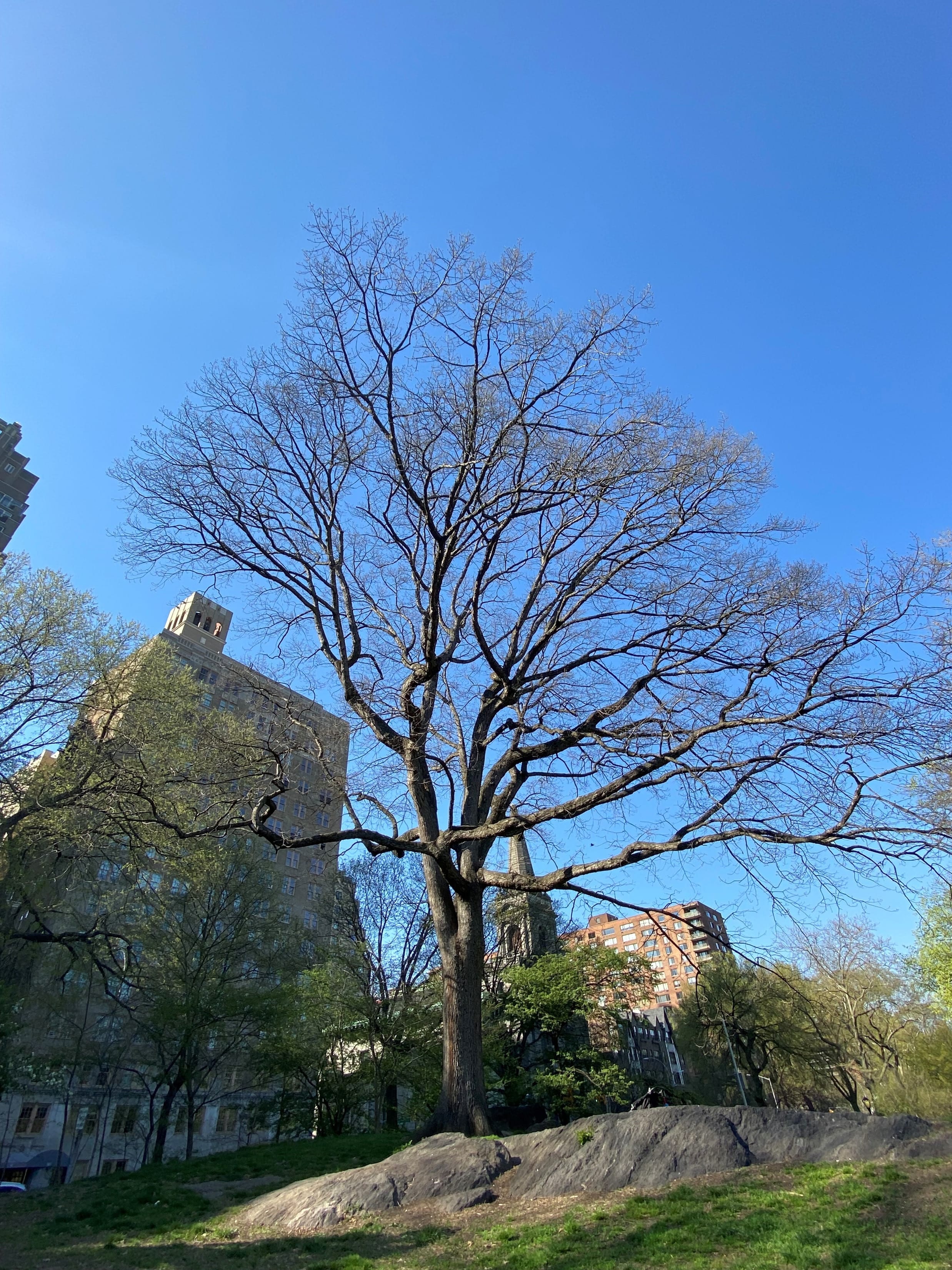White Oak

With showy fall foliage, this impressive tree provides acorns for the Park’s wildlife.
Its male flowers, or “catkins,” are a vital spring food source for gray squirrels and other wildlife. White oaks are sensitive to soil compaction and grade changes, and the older trees can be sensitive to disturbances from construction. While it is less vulnerabe to oak wilt fungus than the red oak species, the white oak’s roots must be respected for these trees to remain healthy; remember to always avoid walking directly on tree roots in the Park.
-
Leaves
Dark green to slightly blue-green in summer, brown and wine-red to orange-red in the fall -
Fruit
Acorns about 1.3 to 2 centimeters in length -
Flower
Individual trees produce both male flowers (“catkins”) and female flowers -
Bark
Variable in appearance, light ashy gray, scaly or shallow fissures





